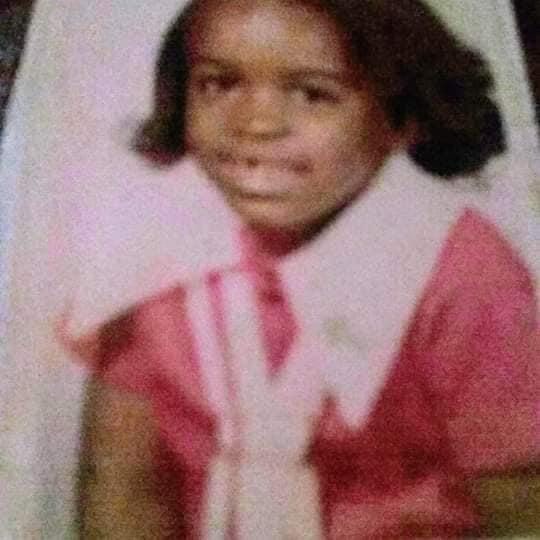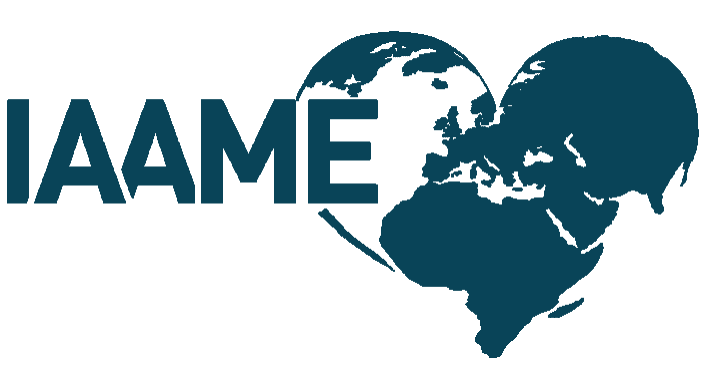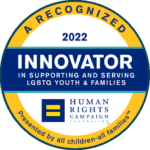Separated by the Circumstances of Adoption
This is the first part of a special three-part series on search and reunion. It follows the journey of Paulette and includes historical and helpful information about the search for biological family.
Paulette always knew her biological family was out there. She just needed to find them.
People search for unknown family members for many reasons—maybe to fill in gaps in an ancestral family tree, or to learn more about their backgrounds. But for individuals who are connected to adoption—those searching for and hoping to reunite with birth parents or a person who was placed for adoption as an infant, the process can be long, arduous, and fraught with intense emotion. With technological advances and a changing culture around adoption, the process has become easier for some—but not for all.
Paulette’s journey with Spence-Chapin began decades ago, when her birth mother surrendered her as a newborn to her newly adoptive family. It wasn’t until age seventeen that Paulette even knew she was adopted, when a family member blurted it out during an argument. Following that single, heated moment, her family never spoke of it again—not even her adoptive mother, whom she adored. After that unexpected bombshell, she was plagued with questions: ‘Who am I?’ ‘What happened to make my birth mother give me up?’ And, perhaps most urgently, ‘Where is my family now?’
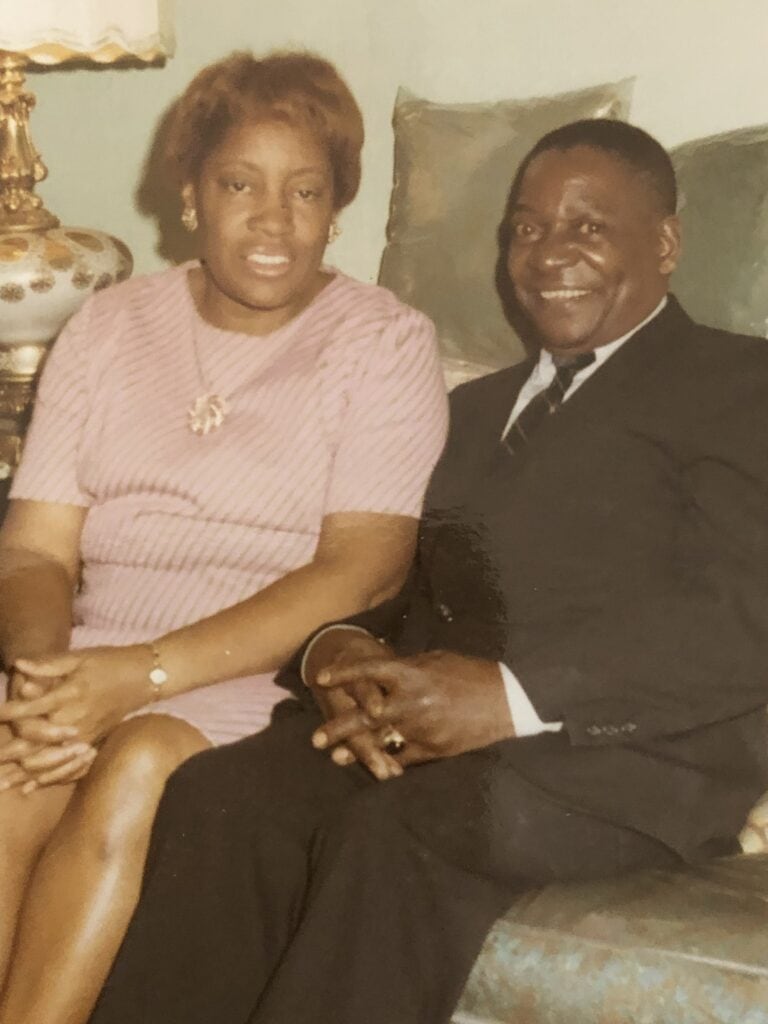
Prior to the 21st century, the majority of adoptions were closed, meaning the records of the birth parents were legally sealed forever and the identities of the birth parents were unknown to the adoptee. Starting in the 1990s, however, the concept of open adoptions began gaining popularity. Sociologists and psychologists were learning about the benefits of growing up in an adoptive family while maintaining communication with birth families. Through a lessening of social stigma and the advancement of women’s rights, more and more birth parents have been given the option and have chosen to stay in contact with the child they place for adoption, whether through photos, letters, and emails, or through in-person meetings and regular phone calls. In this more open model, adoptive parents can learn about family health histories and receive updated medical information for their children, biological parents can watch their children grow and flourish, and adoptees are able to receive love and support from all sides of their families as they grow up and naturally begin to question where parts of their identity come from.
For those connected to domestic adoptions prior to the 1980s, like Paulette, the concept of open adoption was largely unheard of. Adoptive parents are left without answers when their children ask, “Who do I come from? Why was I adopted?” Adoptees are left writing “unknown” on family health history forms. Biological parents are left in the dark about what happened to the children for whom they planned an adoption. While some do not wish for these questions to be answered, others are curious, and many adoptees like Paulette find themselves passionately driven to learn more about themselves and their families.
Paulette’s adoption was a closed adoption where, as Paulette described it, “My grandmother never mentioned to the family that my mother gave birth to me and my brother. That was a secret in the family. I don’t know what she said to my mom, but my mom could never mention it.”
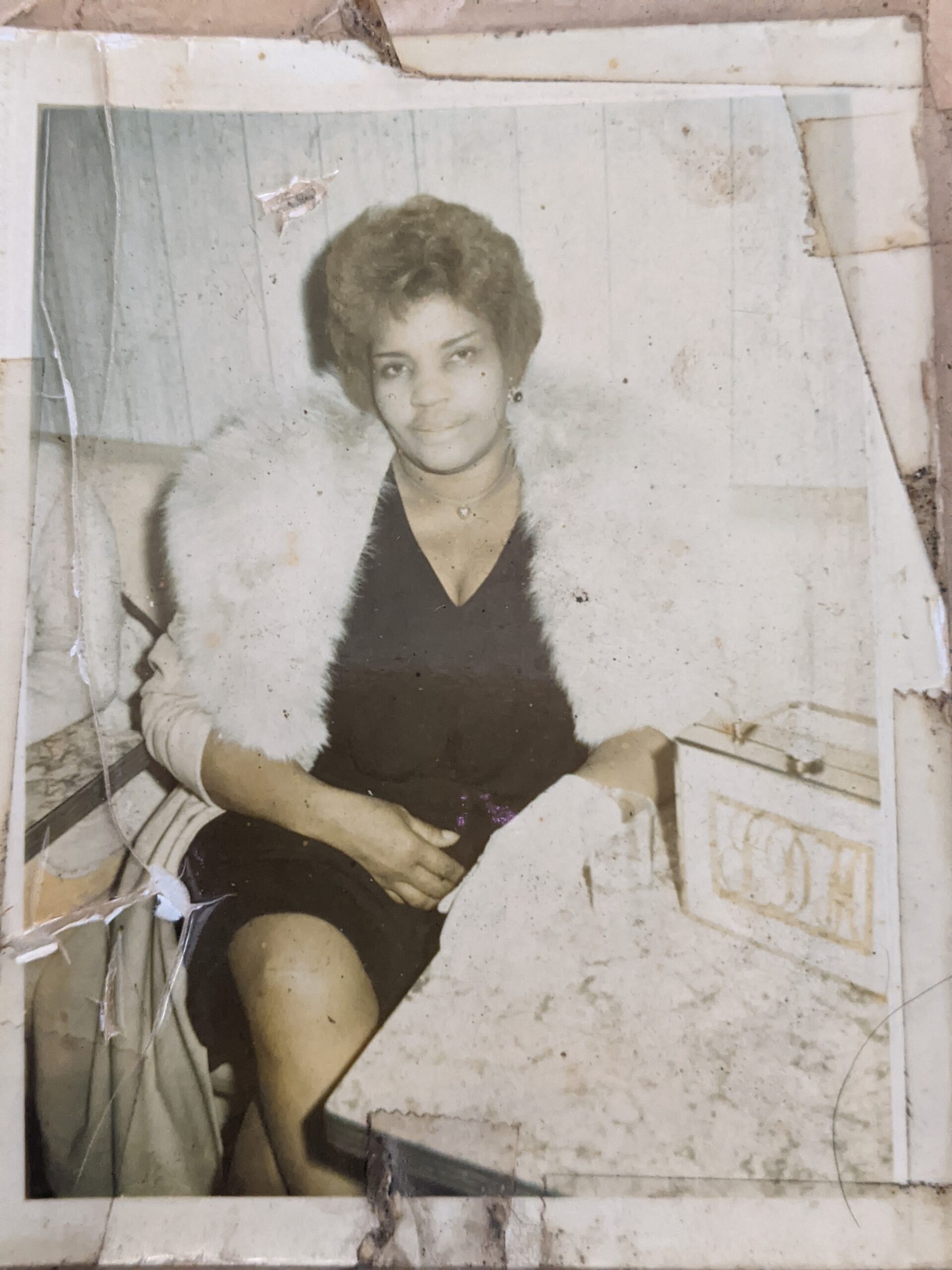
The unfortunate reality is that any search process for biological family members is often met with social stigma. Though this is more common for those connected to adoptions in the 1980s or earlier, there can be negative repercussions for anyone engaging in the search process. Birth parents are told that since they made the decision to relinquish parental rights, they no longer have the right to ask about their children. For adoptees, many have been raised to believe that their adoptive parents should be ‘enough’, and an investigation into their birth family would be a betrayal of their love—that curiosity about one’s biological background is off limits. Paulette’s respect and love for her adoptive mother prevented her from searching for biological family members for most of her life, until more than a decade after her mother’s death.
Both birth families and adoptees often live in a tentative limbo where the search process is avoided simply out of consideration for the other party. Neither wants to disrupt the other person’s life. Perhaps the strain of not knowing is preferable to the possibility of a rejection— with a large portion of fear of the unknown. After all, you never know what another person might be thinking or feeling, and societally there is a (generally false) assumption that most people do not want to be found. Paulette herself waited years after her adoptive mother’s death, struggling with the yearning to understand her biological roots while mourning a mother that she deeply loved and respected.
Adoption professionals understand that curiosity is natural. When an adoptee is exploring their identity development, it is a welcome topic. Despite these evolving modern ideas in professional circles, complicated emotions, family pressures, and societal ideals often stand in the way of reunification. These realities have become even more significant as practical hurdles lessen over time.
Paulette’s desire to learn more about her biological family led her on a long and emotional search for her birth mother more than twenty years after her birth mother had surrendered her to Spence-Chapin in a closed adoption. After decades of searching, she met her entire extended family over Zoom during the pandemic, and they were equally shocked and thrilled.
“I had all these family members. And they were like, ‘Oh my God. We never knew you existed.’”
Come back for parts two and three to hear about how Paulette found her family after years of searching, and the obstacles she persevered through to make that happen!
Paulette would like to use her own words to thank the people that have stood by her side during her search and discovery. “I would like to acknowledge my family and close friends that stood by me through this journey when I was looking for my biological family. My children Satira, Maurice, Anthony, David, and Crystal Lewis. My handsome & beautiful grandchildren Adrian, Amari, Jayla, David Jr., and Jeremiah. My Mentor Ms. MaryAnn Hawthorne, My Sisters in the Lord Theresa Smith, Eartha White, Pastor Brenda Legins. Most of all my biological family who welcome my children and I with open arm in October 2021. The Simon family. The Lord has Truly Blessed me with a Beautiful family. Love you all for your encouraging words on my Journey.”
If you are an adoptee, biological parent, or adoptive parent and this resonates with you, Spence-Chapin is here to help. Read below to learn more about the support services we can offer and the resources available to you as you traverse your adoption journey.
Support and Next Steps
Emotional Wellbeing
Spence-Chapin’s adoption-competent social workers can provide emotional support in a wide range of topics. This includes, but is not limited to, support in coping with the search and reunion process, the unknowns of one’s background, or in navigating newly found (and newly rekindled) relationships. Sessions can be accessed via phone, video chat, or in-person at our Manhattan office. Birth parents are welcome to attend a free, peer-led birth parent support group that is hosted monthly at Spence-Chapin’s Manhattan office. To learn more about these services, or to make an appointment, please contact our Therapy and Consultation team by phone at 646-539-2167, or by email at postadoption@spence-chapin.org.
Record Services
In addition to Spence-Chapin’s own adoption records, Spence-Chapin maintains the adoptions records of the defunct Sophia Fund and Louise Wise Services (including records of the former Free Synagogue Child Adoption Committee). Spence-Chapin also maintains pre-1960 adoption records for the defunct agency of Talbot Perkins. To make an information request with *Spence-Chapin, please find related information at: www.spence-chapin.org/parr
For Louise Wise foster care records, post-1959 Talbot Perkins records, information requests should be directed to the New York City Administration for Children’s Services: www1.nyc.gov/site/acs/about/contact-acs.page
*Spence-Chapin is bound by law in regard to the information we can provide to adoptees from their adoption records. New York State law only permits the release of non-identifying information, if available, as it was reported at the time of the birth of the adoptee and also at the time of the surrender of the adoptee, and which fits the following specific categories: (1) age of the birth parents in years; (2) heritage of the birth parents, which shall include nationality, ethnic background and race; (3) education, which shall be the number of years of school completed by the birth parents; (4) general physical appearance of the birth parents; (5) religion of the birth parents; (6) occupation of the birth parents; (7) health history of the birth parents; (8) talents, hobbies and special interests of the birth parents; (9) facts and circumstances relating to the nature and cause of the adoption; (10) name of the authorized agency involved in such adoption; (11) the existence of any known biological siblings of the adoptee; (12) the number, sex and age, at the time of the adoptee’s adoption, of any known biological siblings. (Public Health Law 4138-c).
^names have been changed
The New York State Adoption Information Registry
This registry service is run through the New York State Department of Health and is available to adoptees who were born or adopted (domestically) in New York State; international adoptees are ineligible for this service. The Registry is able to facilitate the exchange of identifying information, including the names and contact information of eligible biological parents and siblings. In order to exchange identifying information, an eligible biological parent or sibling must also be registered with the Registry, and their relationship to the adoptee must be verifiable through vital records. Through the Registry, a birth parent may also anonymously leave health information, which is made available to the adoptee as soon as the adoptee becomes registered. You can read more about the Registry at the following website: www.health.ny.gov/vital_records/adoption.htm
New Jersey Vital Statistics
Adoptees who were born and/or adopted in New Jersey may apply for their original birth certificate through the New Jersey Office of Vital Statistics. Upon applying for an original birth certificate from New Jersey, the applicant may also receive family history information and birth parent contact information, if this information was supplied to the New Jersey Office of Vital Statistics by the birth parent. You can read more about these New Jersey services at the following link: www.state.nj.us/health/vital/adoption/vital-record-law-changes-faqs
Original Birth Certificates
As of January 15, 2020, adoptees who were born and/or adopted (domestically) in New York State are eligible to apply for their original (pre-adoption) birth certificates. Direct decedents of deceased adoptees are also eligible to apply. Original birth certificates are only available through government vital record offices and not from adoption agencies. Generally speaking, original birth certificates contain identifying information about at least one birth parent.
For those born in one of the five boroughs of New York City, original birth certificates are available through the New York City Department of Health and Mental Hygiene: www1.nyc.gov/site/doh/services/birth-certificates.page
For those born elsewhere in New York State, original birth certificates are available through the New York State Department of Health:
www.health.ny.gov/vital_records/obtaining_birth_certificate.htm
For those who were adopted in New York but born in another state, original birth certificates may not be available. However, New York will attempt to supply to the information that would be on the original birth record. Clients in this situation should apply for their original birth record information from the New York State Department of Health: www. www.health.ny.gov/vital_records/obtaining_birth_certificate.htm
For those born in another state, the original birth certificate may be available from the state of birth, depending on the laws of that state. Please visit the website of the Adoptee Rights Law organization for a state-by-state list of original birth certificate laws:
www.adopteerightslaw.com/united-states-obc

